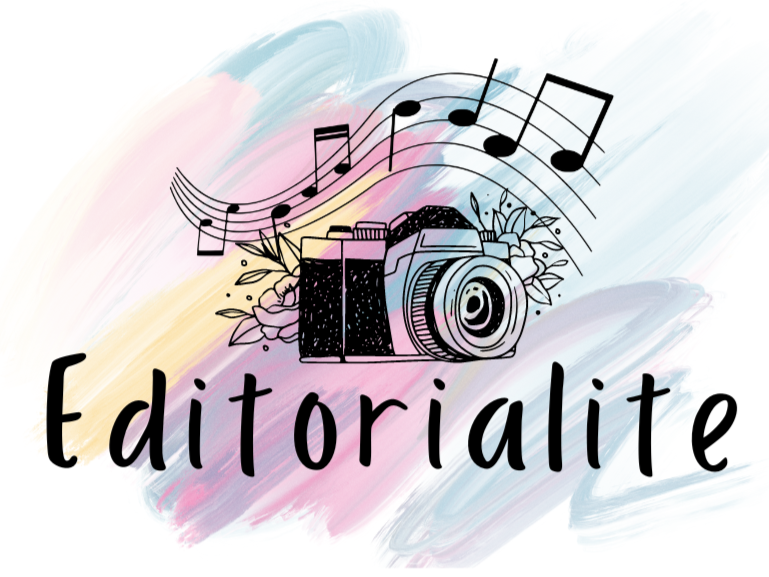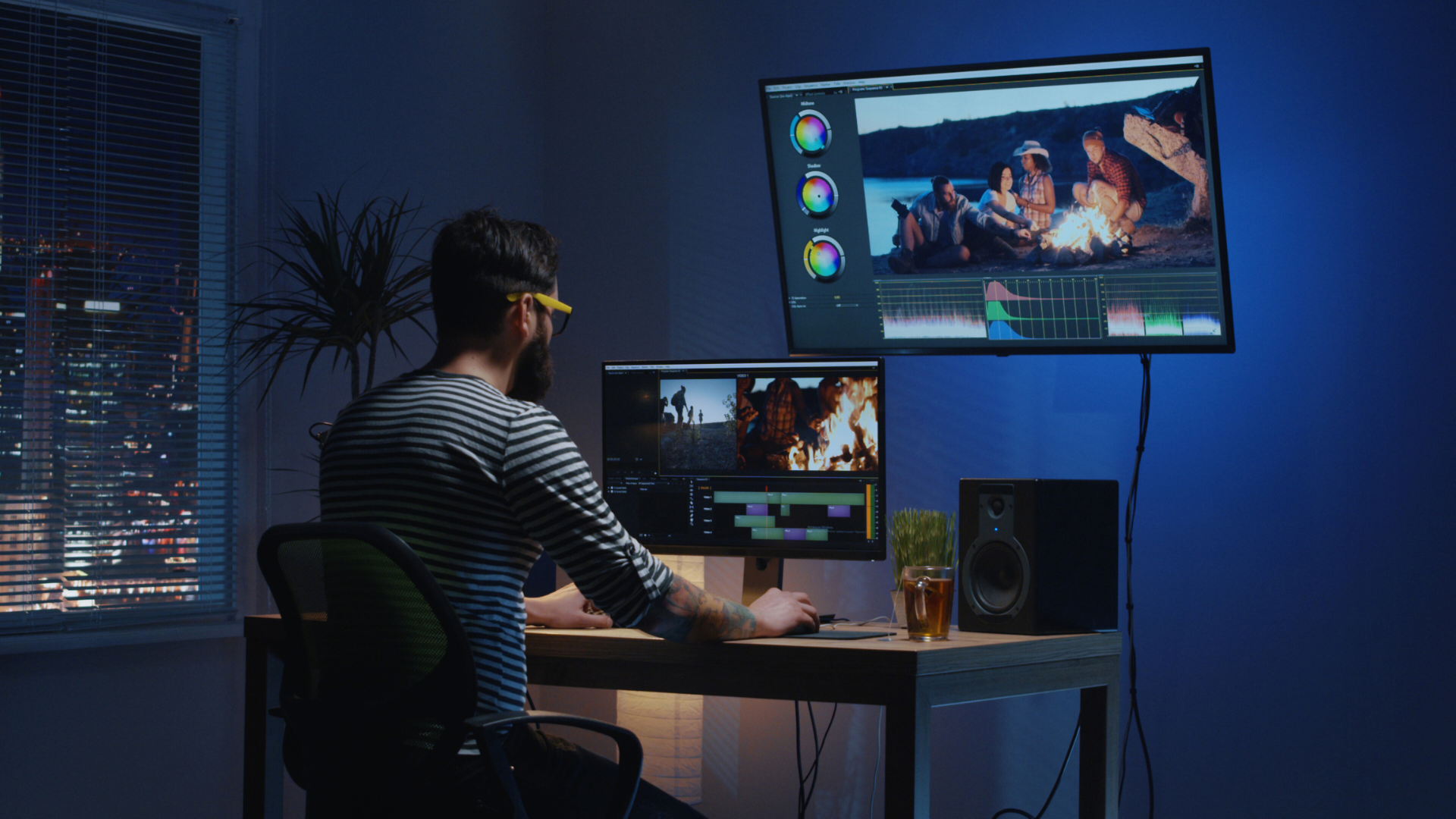For photographers looking to enhance their images, selecting the right editing app can make a significant difference in the quality of their work. With countless options available, it can be challenging to determine which tools are most effective. The best editing apps for photographers combine user-friendly interfaces with powerful features that cater to both beginners and professionals.
In the digital age, where visual content is crucial, having the right tools is essential for standing out. From classic adjustments like cropping and color correction to advanced features such as layers and filters, the best apps allow for versatility and creativity. Many photographers find that a well-selected app not only improves efficiency but also elevates their artistic vision.
As the photography landscape evolves, keeping up with the best editing apps can enhance a photographer’s workflow. Understanding which applications offer the best features for specific needs will ensure that any photographer can elevate their visual storytelling.
Understanding Photo Editing
Photo editing plays a crucial role in enhancing images and bringing a photographer’s vision to life. Effective post-processing can transform a good photograph into an exceptional one. It involves adjusting various elements to improve visual appeal and convey intended emotions.
Importance of Post-Processing
Post-processing is vital for several reasons. First, it corrects technical issues like exposure, contrast, and color balance. Adjusting these factors can dramatically improve an image’s clarity and vibrancy.
Second, it allows for creative expression. Photographers can manipulate images to reflect their style and vision, adding filters, adjusting saturation, or altering composition. This personalization can differentiate a photographer’s work in a competitive market.
Lastly, good post-processing helps maintain consistent quality across a portfolio. Images that adhere to a certain standard reinforce a photographer’s brand and professionalism.
Key Features to Look for in Editing Apps
When selecting an editing app, several key features stand out. User Interface: A clean and intuitive interface can significantly enhance the editing experience. Users benefit from straightforward navigation and easily accessible tools.
- Editing Tools: Essential tools include cropping, resizing, and basic adjustments like brightness and contrast. Advanced options such as layer editing, masking, and gradient filters are beneficial for more intricate work.
- File Format Support: It’s crucial for an app to support various file formats, particularly RAW files. This capability preserves image quality during editing.
- Export Options: Users should also consider how an app allows them to save and share images. Options that facilitate easy sharing on social media or integration with cloud storage can be advantageous.
Top Editing Apps for Photographers
Photographers now have access to a variety of powerful editing apps, each designed to meet different needs. From comprehensive toolkits to intuitive interfaces, these applications facilitate the editing process and enhance images efficiently.
Adobe Lightroom: A Comprehensive Toolkit
Adobe Lightroom stands out for its robust features tailored for both amateur and professional photographers. It offers advanced photo management, allowing users to organize their images seamlessly. The app provides a wide range of editing tools, including exposure adjustment, color correction, and cropping.
Users appreciate its ability to create presets, which can save time on repetitive tasks. The syncing feature enables photographers to access their edits across devices, ensuring workflow continuity. Lightroom also supports RAW editing, which is crucial for professionals seeking to maximize image quality. Its cloud integration is another significant advantage, enabling collaboration and storage flexibility.
Snapseed: Intuitive and Efficient
Snapseed is favored for its user-friendly interface and powerful editing capabilities. Developed by Google, it offers a variety of tools such as healing, brush, and structure options that allow for precise edits. The app includes selective adjustments, making it easy to enhance specific parts of an image without affecting the entire photo.
Users benefit from its extensive filter library, which can add creative flair to images. Snapseed’s ability to handle RAW files enhances its utility for serious photographers. The non-destructive editing feature ensures that original images remain intact while users experiment with modifications.
VSCO: For Creative Filters
VSCO is renowned for its unique filters and film-inspired presets that appeal to artists aiming for a specific aesthetic. The app allows users to enhance photos quickly with its easy-to-use editing tools. Adjustments like contrast, saturation, and exposure can be made with simple sliders, ensuring a smooth editing experience.
VSCO also fosters a community of photographers, allowing them to share their work and find inspiration. The inclusion of film grain and texture effects offers a nostalgic feel to modern images. This app is particularly popular among photographers who prioritize visual storytelling.
Affinity Photo: Advanced Editing on the Go
Affinity Photo provides an advanced editing experience similar to desktop software, now available on mobile devices. It supports professional-level features such as layer editing, masking, and high dynamic range (HDR) imaging. This makes it suitable for photographers needing in-depth control over their edits while on-the-go.
The app supports a variety of file types, including RAW, making it versatile for different photography styles. Users appreciate its speed and performance, especially when handling complex edits. Affinity Photo’s user interface is sleek and intuitive, which enhances the editing experience without overwhelming users with unnecessary options.
Photoshop Express: Quick Edits with Powerful Tools
Photoshop Express is a mobile extension of Adobe’s flagship software, designed for swift edits that maintain quality. It features essential editing tools like crop, rotate, and straighten, along with advanced options such as spot healing and noise reduction. This combination allows users to make quick adjustments without sacrificing detail.
The app includes a variety of filters and effects, enabling users to apply creative touches instantly. Photoshop Express also supports collage creation and sharing directly to social media platforms. Its cloud-based services facilitate easy access to images across devices, enhancing flexibility for photographers needing to edit swiftly.
Workflow Integration
Effective workflow integration in editing apps is essential for photographers. It can significantly enhance productivity, ensuring that the editing process is smooth and efficient across different platforms and devices.
Syncing with Multiple Devices
Many editing apps offer seamless syncing across various devices. This feature allows photographers to start an edit on one device and continue on another without losing any progress.
For example, Adobe Lightroom synchronizes edits made on a desktop with the mobile app. This means that adjustments to exposure or color can be made in the field and are immediately available on a larger screen later.
Syncing typically includes all adjustments, presets, and even exports. This capability is crucial for those who work remotely or travel frequently, allowing flexibility in workflow management.
Cloud Storage Options
Cloud storage is a vital aspect of workflow integration for photographers. It enables safe storage and easy access to files from anywhere.
Apps like Capture One and Lightroom offer built-in cloud storage options. Photographers can upload images directly to the cloud, making them accessible across multiple devices and platforms.
Collaboration also benefits from cloud capabilities. Teams can easily share folders and collaborate on edits or projects in real time. This ensures everyone remains updated on the latest changes and works from the same file version.
Compatibility with Other Software
Compatibility with other software is crucial for a streamlined workflow. Many editing apps are designed to integrate with popular software tools used by photographers.
For instance, software like Photoshop and various plugins can enhance editing capabilities. Most editing apps allow the import and export of files in various formats to accommodate different software solutions.
This compatibility enables photographers to choose the best tools for their specific needs while maintaining a cohesive workflow. Additionally, this flexibility allows for the use of presets and templates developed in other software, improving efficiency in the editing process.
Optimizing Your Editing Process
Efficient editing can significantly enhance productivity for photographers. This section covers essential strategies, including learning resources, leveraging custom presets, and time-saving techniques.
Learning Resources and Tutorials
Photographers should explore a variety of online platforms that offer comprehensive tutorials. Websites like YouTube, Udemy, and Skillshare often feature content tailored to different skill levels.
Investing time in short courses can help photographers master specific tools and features of their editing software. Participating in webinars and local workshops can also provide hands-on experience and foster connections within the community.
Additionally, blogs and forums dedicated to photography can be valuable resources. Engaging in discussions and seeking advice from experienced photographers can illuminate new techniques and perspectives.
Custom Presets and LUTs
Creating custom presets in editing software can streamline the workflow significantly. Photographers can save settings for specific styles they frequently use, allowing for consistent edits across multiple images.
Many editing apps allow users to import LUTs (Lookup Tables) for color grading. This capability not only speeds up the process but also ensures a cohesive look throughout a project.
Photographers can also browse online marketplaces for presets developed by professionals. These can serve as a starting point, giving users inspiration for their editing style while saving valuable time on adjustments.
Time-Saving Tips for Busy Photographers
Developing a structured editing routine can greatly enhance efficiency. Organizing images into folders based on projects or clients simplifies the selection process.
Batch editing is another effective strategy. Photographers can apply the same adjustments across multiple images simultaneously, which reduces time spent on repetitive tasks.
Utilizing keyboard shortcuts and customizing toolbars in editing apps can further optimize the process. Familiarity with these shortcuts can decrease the time spent navigating menus and enhance overall productivity.
Maintaining a tidy workspace, both physically and digitally, helps minimize distractions. A clean and organized setup enables photographers to focus better and edit more effectively.

